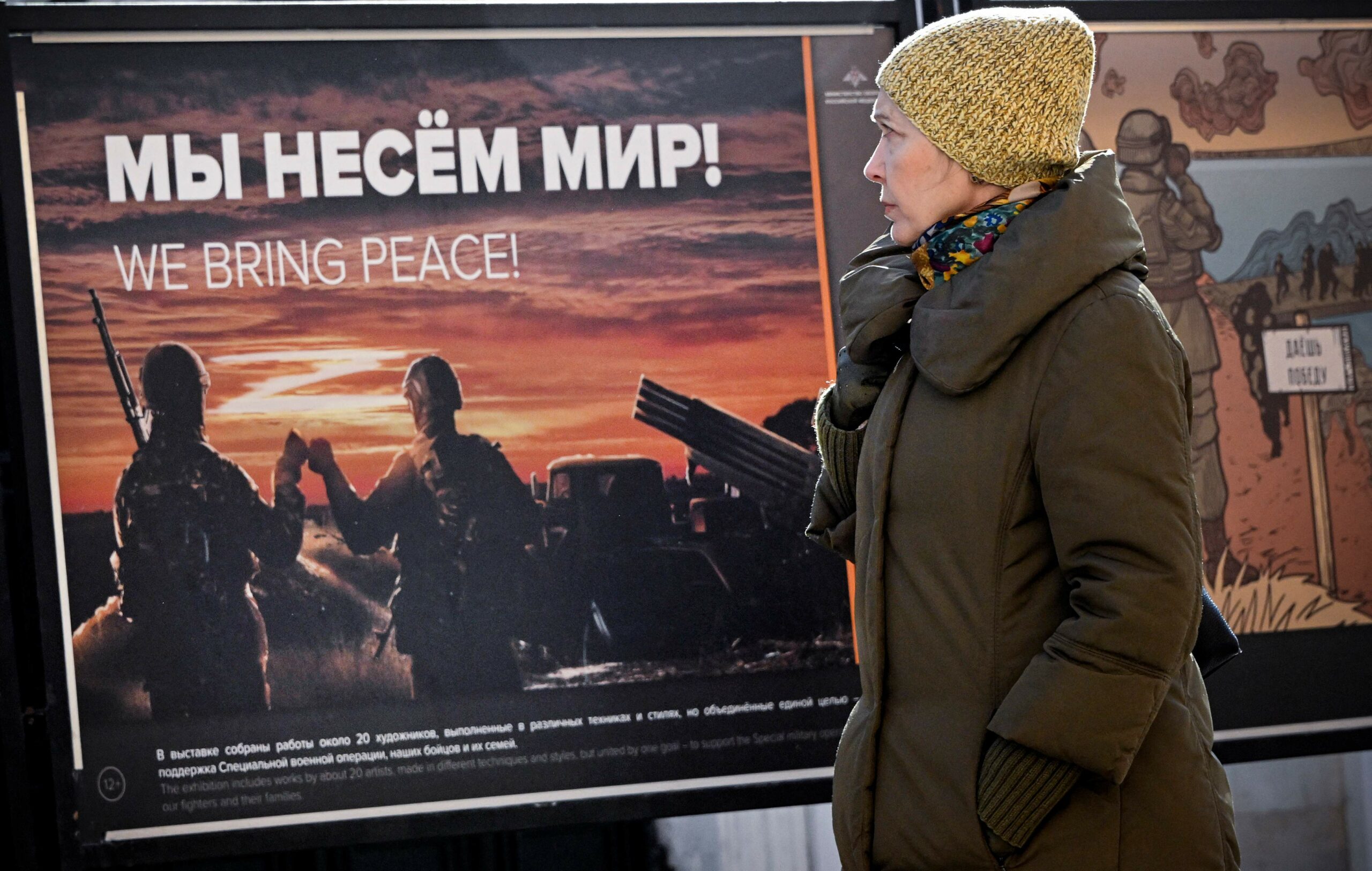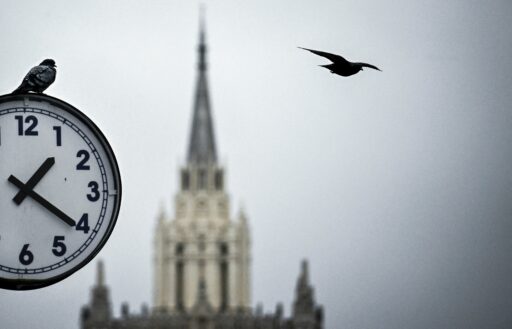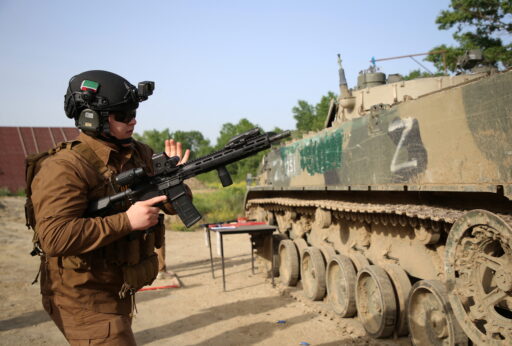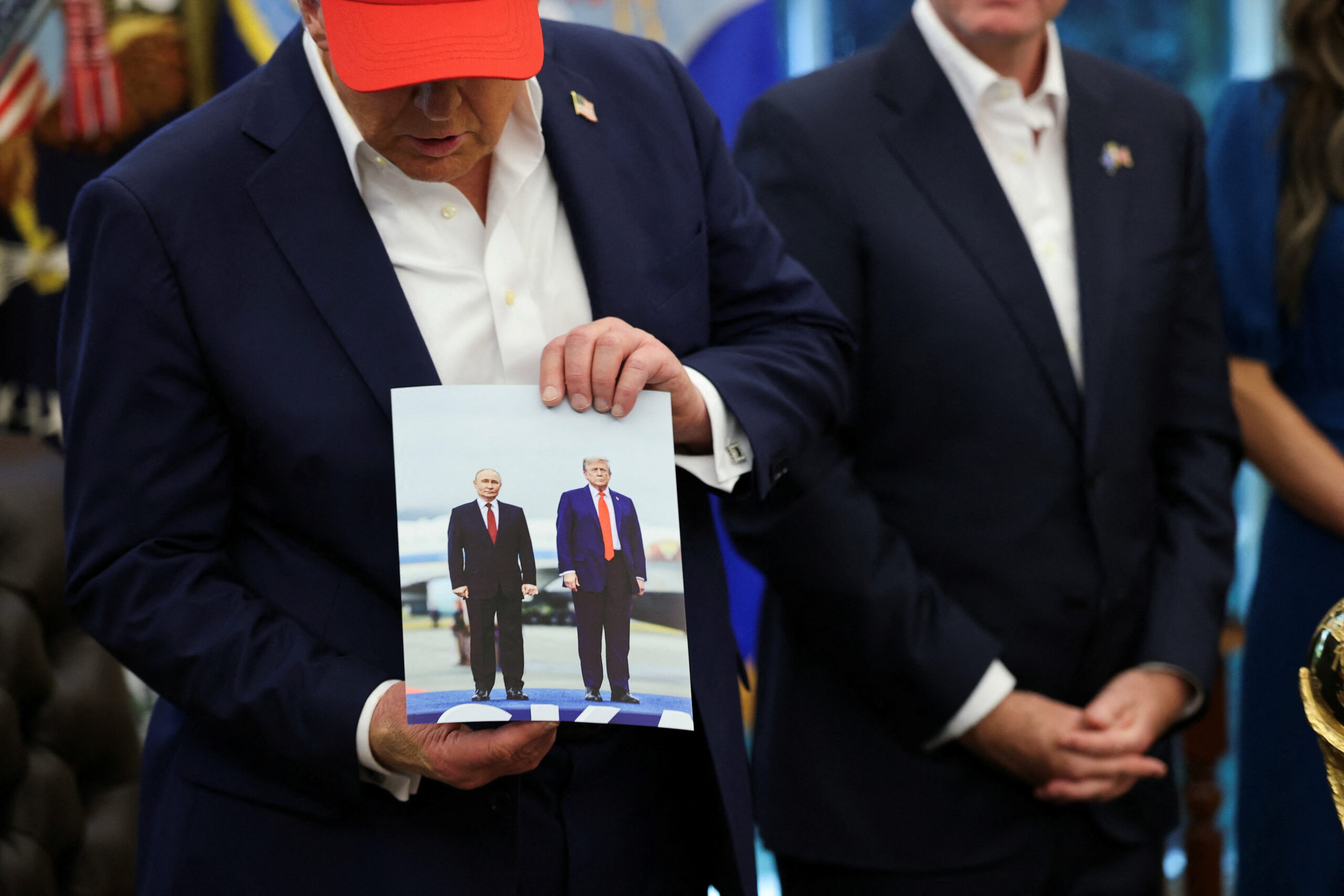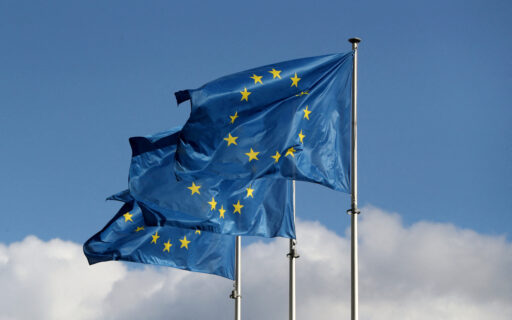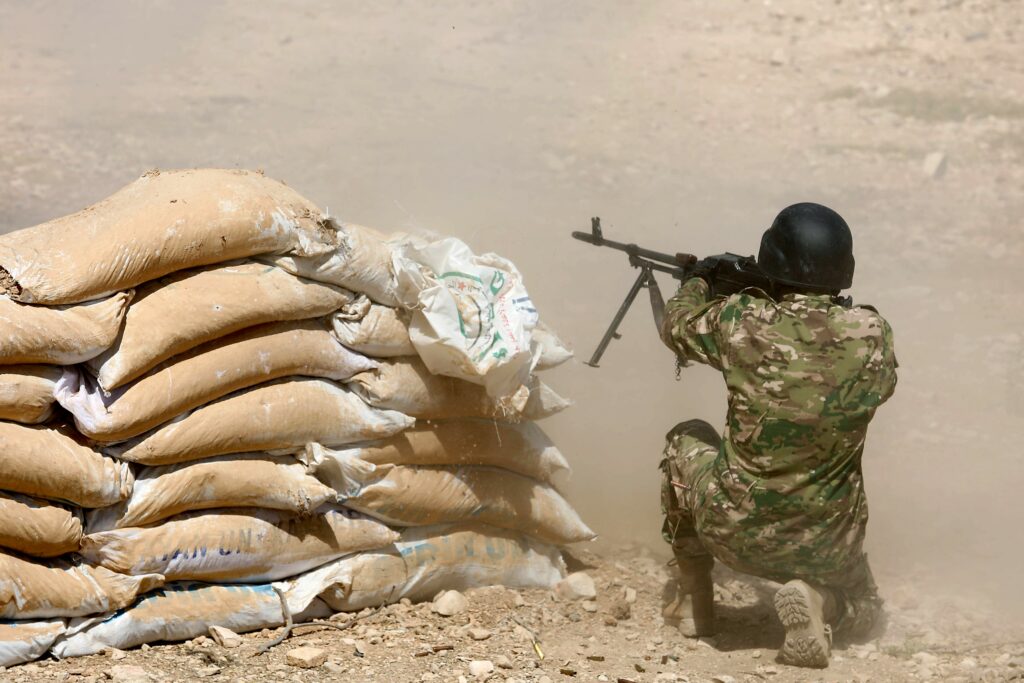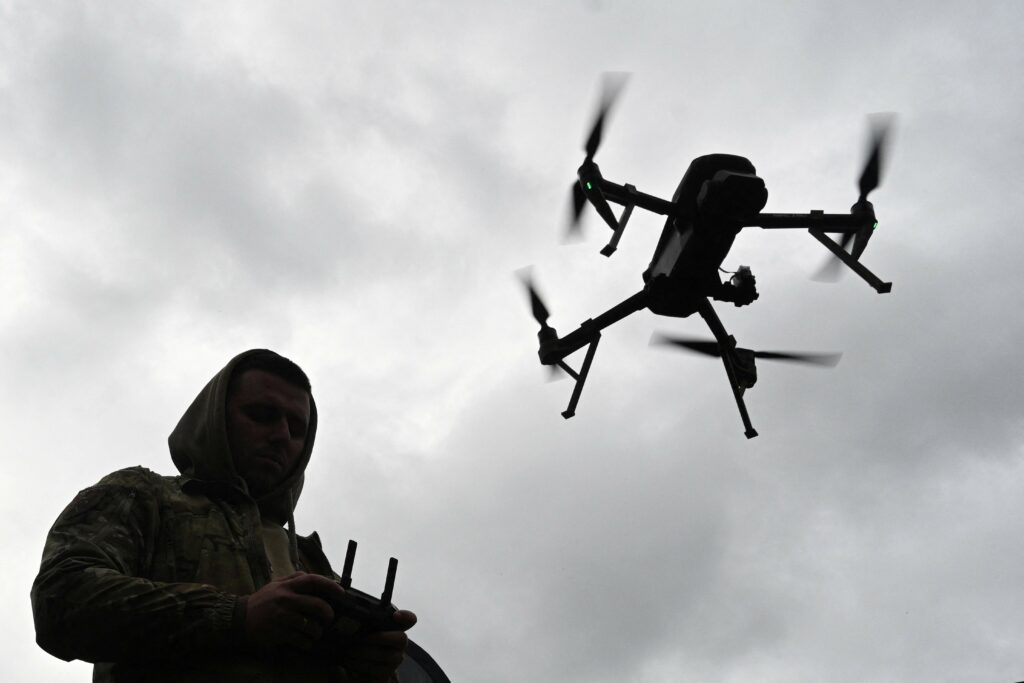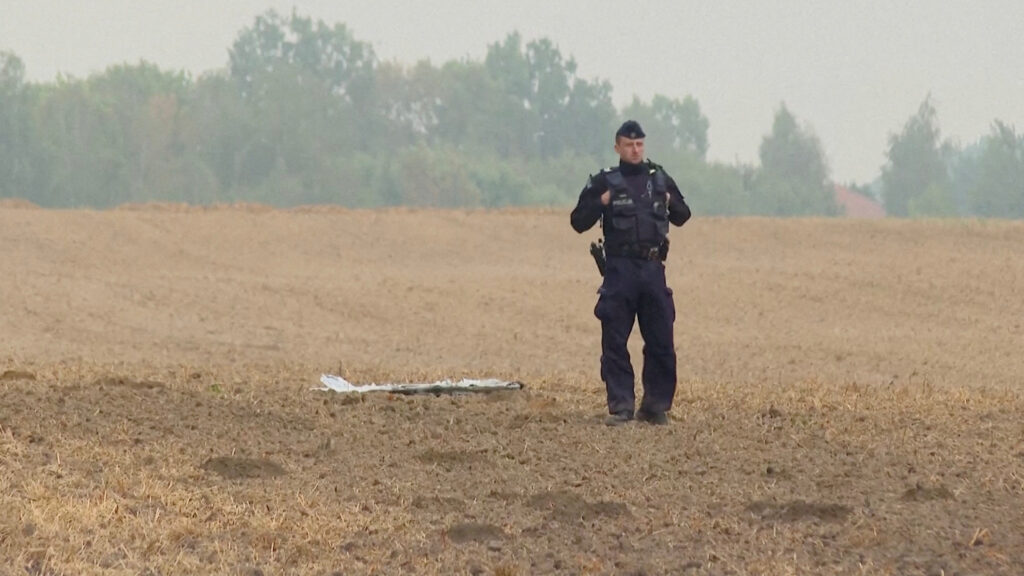Russia has been waging a full-scale war against Ukraine for nearly four years. According to UN monitoring data, in July 2025, the number of civilian casualties in Ukraine reached a three-year high: 286 people were killed and 1,388 were injured—the highest figure since May 2022. Western leaders are searching for ways out of the current impasse. Vladimir Putin’s meeting with Donald Trump in Anchorage did not lead to a breakthrough, but Trump stated his intention to continue dialogue with Kyiv and Moscow and even to attend a possible meeting between Putin and Zelenskyy, who «hate each other.»
Various peace settlement proposals have emerged during the war, but the main issue is not even the content of the proposed agreements—it’s the guarantees of their implementation. The United States proposed a security guarantees scheme for Ukraine, including an enhanced American presence «in the air» and airspace patrolling, linking these measures to a ceasefire regime and threatening to tighten sanctions if Moscow refuses the truce. European leaders formed a «coalition of the willing» to support Ukraine in the event of a truce: the proposed measures include deploying non-combat military contingents, strengthening air defense, and long-term funding for the country’s reconstruction. These initiatives outline the contours of peace on Western terms: security guarantees for Kyiv, containment of Russia, and limited foreign military presence. However, they also highlight sharp disagreements over the price of such peace and the necessary concessions.
The positions of leaders and states in potential negotiations are actively discussed, but it remains unclear what kind of peace Russians would support. In other words: Do they want the war to end, and if so, on what conditions?
To answer this question, in the summer of 2025, researchers from the University of Helsinki conducted a survey experiment. Its goal was to determine how Russian citizens evaluate various aspects of a hypothetical peace agreement amid renewed hopes for negotiations, though their outcome remains uncertain.
The study relied on a so-called conjoint experiment, which measures respondents’ preferences in multi-faceted scenarios. In a nationwide online survey (3,600 respondents across Russia, July 2025), participants were presented with two alternatives: continue the «special military operation» or start peace talks on certain conditions. The conditions in these hypothetical scenarios varied randomly and included the following variables:
- Initiator of the talks: Who first proposes starting the dialogue (e.g., Russia itself, Vladimir Putin personally, Ukraine, the US, the EU);
- Conflict outcome: Continuation of the war or transition to negotiations;
- Military measures: Will a new mobilization be announced, or will the recruitment of contractors/PMCs expand?
- Economic steps: Will the West ease sanctions on Russian business, restore pre-war visa issuance rules for Russians, and reconnect Russian banks to SWIFT?
- Humanitarian steps: Will there be a prisoner exchange on an «all for all» basis, and will safe grain exports through the Black Sea resume?
- Territorial issue: Will the Ukrainian territories occupied by Russia after February 2022 («new regions») remain under Moscow’s control?
- Ukraine’s status: Will Ukraine agree to neutral status, formally renouncing NATO membership?
Each respondent made several choices, evaluating different combinations of conditions. Statistical analysis of such data allows researchers to calculate how strongly a given factor influences Russians’ willingness to support a peace agreement. In simpler terms, the experiment reveals which conditions make peace more acceptable in citizens’ eyes and which do not.
Similar methods have already been used by international relations scholars and conflictologists to study public preferences in protracted conflicts. For example, on Cyprus, a survey with variable scenarios helped identify combinations of concessions that both communities—Greek Cypriots and Turkish Cypriots—would find acceptable. This allowed researchers to identify «zones of possible agreement”—conditions under which a majority on both sides could support a peace plan. This approach is also useful for the war in Ukraine: it helps understand whether there are overlaps between what Russians demand from peace and what Ukrainians would agree to.
Of course, in an authoritarian environment, surveys must account for the fact that respondents do not always freely express unpopular opinions. Many stick to «safe» formulations and orient themselves toward signals from the authorities. Therefore, the study’s authors assumed that initiatives that appear «our own» (e.g., peace proposed by Russia or Putin) would receive more support than scenarios clearly imposed by the West or Ukraine.
Who Should Call for Peace?
One of the most significant factors turned out to be the figure or side from which the peace initiative originates. Russians are significantly more favorable toward talks if they are initiated by the Russian side: support stands at 41%. In this case, peace is perceived as «not imposed from outside,» which increases trust in it. However, if the initiative comes from Vladimir Putin personally, support drops noticeably (34%), likely because his figure is not associated with a genuine peace process. A significant drop in support is also observed when talks start clearly at the West’s initiative (31%) or Ukraine’s (29%). Peace on terms proposed by the enemy or third parties appears suspicious in the public consciousness—as a potential concession or imposed solution that infringes on Russia’s interests.
It’s important to note that, although Moscow’s initiative is valued most highly, part of society is ready to support peace proposed by other sides. According to the experiment, about a third of respondents would agree to support an agreement reached through talks initiated by the US or EU, and roughly as many if Kyiv starts the negotiations. This is significantly lower than support for «our own» initiative, but it indicates the presence of a pragmatically minded group of citizens. Overall, the picture is clear: for public opinion, it’s critically important that peace appears as a decision coming from Russia, not imposed from outside.
Humanitarian Gestures and Economic Incentives
In addition to who initiates the peace agreement, Russians’ attitudes toward it are influenced by specific «goodwill gestures» and benefits for the population. The survey showed that humanitarian steps from both sides significantly increase support for talks. The most striking example is a prisoner exchange on an «all for all» formula. If the agreement provides for the simultaneous release of all prisoners, its approval among Russians rises substantially. A positive effect is also produced by resuming safe grain exports through the Black Sea. Although the «grain deal» is not directly tied to a ceasefire, for society it serves as an indicator of normalization: exporting food to global markets is seen as a reduction in tension. Moreover, lifting the blockade on Ukrainian grain exports is important for Russia’s international image and food stability, which also resonates with citizens.
Not only humanitarian but also economic measures increase the attractiveness of a peace agreement. Russians react positively to the prospect of gradually lifting some sanctions and restoring normal ties with the outside world in exchange for talks. For example, lifting sanctions on Russian business (especially in sectors where they hit employment and incomes) increases support for peace. An even more popular measure would be restoring citizens’ ability to travel abroad freely and use global services. This involves resuming visa issuance to Russians under pre-war rules, as well as reconnecting Russian banks to the SWIFT system.
Territories and Neutrality: Painful Compromises
If humanitarian initiatives are generally welcomed by the public, issues of territorial concessions and Ukraine’s future status remain the most sensitive and contentious. For a significant portion of Russians, it’s fundamentally important that the peace agreement does not lead to the loss of occupied territories. The condition of retaining the so-called «new regions» as part of Russia substantially increases the acceptability of a peace scenario. In simpler terms, peace in which the Ukrainian regions occupied after February 2022 remain under Moscow’s control is supported much more actively than a scenario assuming the withdrawal of Russian troops and the loss of these territories. Any hint of «surrendering land» triggers sharp rejection, which outweighs the desire to end hostilities. Additionally, many Russians consider it principled for Kyiv to officially renounce NATO membership and any military alliances with the West as part of a peace settlement. In the experiment, the option where Ukraine declares neutrality received higher support.
However, the study revealed an unexpected result: Ukraine’s possible NATO membership is not absolutely unacceptable to Russian society. Although the majority prefers neutrality, the absence of such status (i.e., the potential prospect of Ukraine joining NATO) does not reduce support for a peace agreement to zero: 34% are generally willing to accept Ukraine’s new geopolitical status. This is quite unexpected, given that official propaganda justified the invasion as necessary to prevent NATO expansion. Nevertheless, after years of war, the Russian public, it seems, fears a hypothetical Ukrainian NATO membership less than what they see as humiliating peace terms.
Who Supports Peace?
Russian society is not monolithic, and its segments perceive a possible peace agreement differently. Viewers of state television are, on average, more categorically opposed to any concessions. They are less inclined to support measures like prisoner exchanges, easing sanctions, or visa relaxations. For example, the group with high trust in television more often rejected items on visa relaxations and SWIFT reconnection: among them, about 7% more disagreed with these measures than the sample average. A similar, though less pronounced, difference is observed regarding lifting business sanctions, Ukraine’s neutral status (likely, for this group, «neutral» status seems insufficient—they would prefer an openly pro-Russian tilt for the neighboring country), resuming grain exports, and prisoner exchanges: active consumers of propaganda are noticeably cooler toward these concessions than the rest of Russians. At the same time, a peace initiative from the US elicits slightly less negativity from TV viewers than from those distant from television. Likely, the official rhetoric that «in Ukraine, we are not fighting Ukraine but the collective West» paradoxically makes a US peace proposal less unacceptable to this audience.
Comparing responses from residents of Moscow and St. Petersburg with opinions from other regions revealed unexpectedly small differences in views on peace settlement. Contrary to stereotypes, capital residents are only slightly more inclined to «pacifism»: residents of the two largest cities somewhat more often supported prisoner exchanges and visa relaxations. However, the difference is just a few percent. Overall, both megacities and regions show surprising unanimity on peace conditions. This suggests that the propaganda narrative and war experience have permeated every corner of the country, leveling regional differences.
Gender differences on most items were also minimal: men and women equally seek peace «on favorable terms.» Women slightly more often supported prisoner exchanges and restoring ties with the outside world. However, overall, it’s impossible to claim that women represent a «party of peace» and men a «party of war,» or vice versa.
Political sympathies predictably influence attitudes toward peace conditions. Presidential supporters tend to orient toward official «signals»: they view possible compromises on Ukraine’s status and sanctions more negatively. At the same time, they are more favorably disposed toward a scenario where Ukraine itself initiates talks, likely interpreting this as Kyiv’s admission of defeat and Moscow’s victory. High trust in the authorities correlates with intolerance for compromises: the more loyal a person is to the regime, the tougher their «red lines» on sovereignty and territories.
War hawks reject even the most advantageous negotiation scenarios for Russia. Support for the idea of «starting talks» among them is 67% lower than among the rest. They are categorically against Russia initiating a peace process, as it contradicts their belief in the need to fight to total victory. The idea of a new powerful mobilization campaign finds maximum support among «hawks”—60% more than among the rest of society. This radically militaristic segment likely makes up about a quarter of the population—roughly as many preferred continuing the war over any peace scenario in the experiment.
Supporters of a swift peace demonstrate the opposite attitudes. Those who can be called «doves» are ready to back talks even at the cost of serious compromises. They are more favorably disposed toward a peace initiative from Kyiv and generally do not object to Ukraine joining NATO or returning occupied territories if it ends the conflict. For them, stopping the bloodshed is more important than geopolitical victories. Of course, they categorically reject the idea of new mobilization. There are three times as many «doves» in Russia as «hawks»: 73.5% versus 26.5%.
A person’s initial position—”for war" or «for peace”—is extremely hard to change through propaganda or agreement conditions. Convinced «hawks» will reject peace under any circumstances, while convinced «doves» will support almost any compromise to stop the bloodshed.
Boundaries and Prospects for Peace Support
Russian society as a whole is ready to end the protracted war: in the experiment, peace agreement scenarios beat the «continue hostilities» option with a score of 73.5% to 26.5%. However, public support depends on several conditions. For a majority of Russians to support a hypothetical peace treaty, it must meet several key criteria:
• The peace initiative must come from Russia, so the authorities can present the agreement as their victory or, at least, a mutually beneficial step;
• The agreement must imply humanitarian and economic dividends: prisoner exchanges, restoring normal trade, easing sanctions, etc.;
• Minimal territorial and military-political concessions: for Russians, it’s optimal if Russia retains control over captured territories and secures Ukraine’s neutral status. Any retreats on these issues sharply reduce peace’s legitimacy in Russians’ eyes.
It’s not hard to see that these conditions directly contradict Ukraine’s minimum requirements. Kyiv insists on the withdrawal of Russian troops, is not ready to abandon its Euro-Atlantic course, and demands that sanctions not be lifted until Russian aggression is punished. In other words, a mutually acceptable peace formula is not yet in sight. What Russian society considers «acceptable peace,» Ukrainian society and its leadership will inevitably see as an unfair peace on the aggressor’s terms. Therefore, unlike the long-standing Cypriot conflict, no «zone of possible agreement» is discernible in the Russian-Ukrainian case.
Moreover, peace support in Russia remains conditional. Most Russians would prefer to end the war, but only one perceived not as defeat but as, even if small, a triumph. Convictions remain strong in society that one cannot yield to «enemies,» or else the sacrifices will be in vain and the country will «lose face.» At the same time, people fear domestic costs: peace must not lead to new mobilization or economic collapse. The Kremlin skillfully balances these moods, hinting that «we haven’t really started yet» while assuring that «a second wave of mobilization is not planned.» This dual rhetoric reflects society’s contradictory sentiments: people want to see their side strong but do not want new blood.
